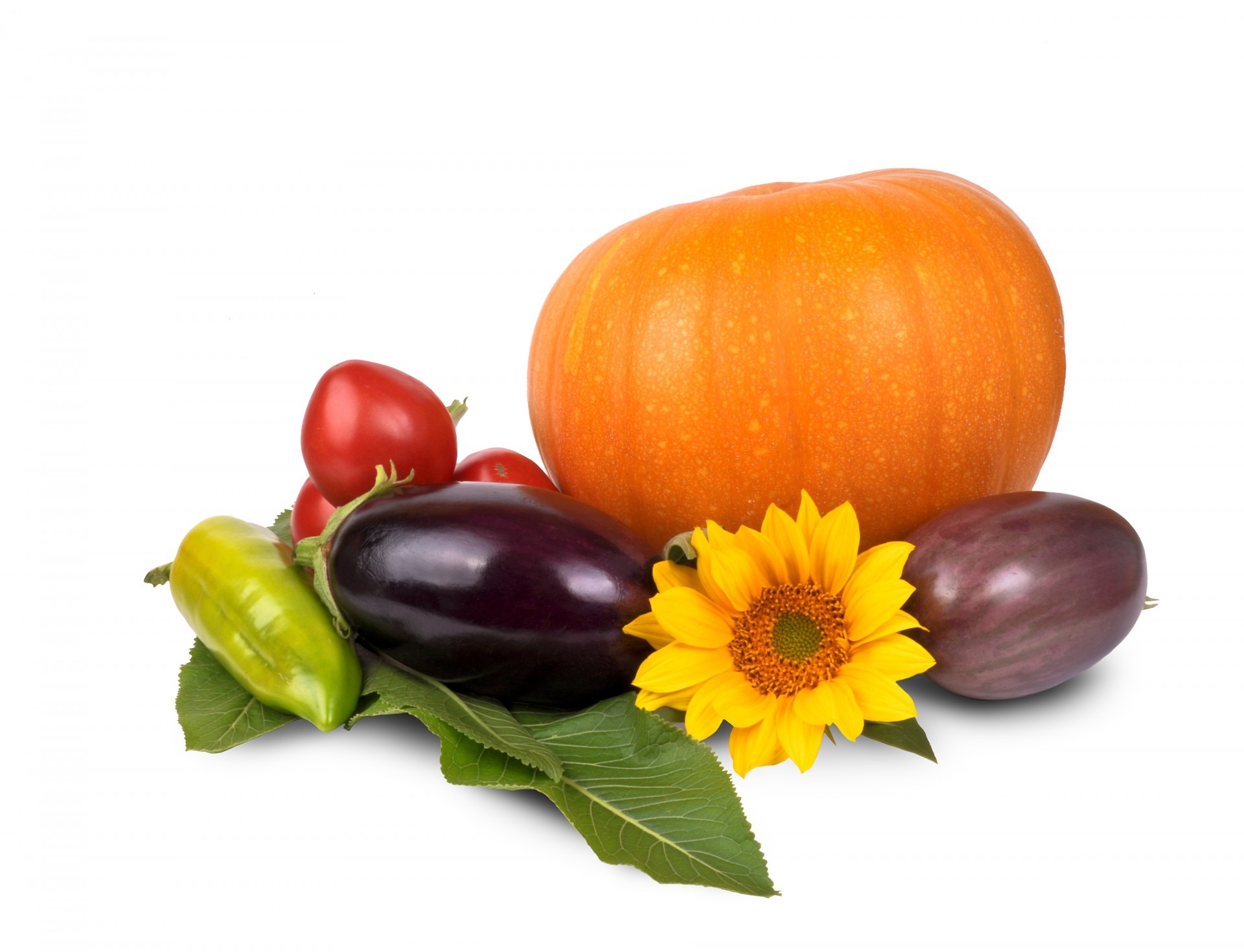Juggling the freshness of your produce as a restaurant owner can seem like an endless game of cat and mouse. Just when you think you’ve purchased the best quality ingredients, your avocados have turned to mush.
However, there are few tricks of the trade in the restaurant game when it comes to keeping your produce fresher for longer.
Learn more about the ins and outs of fresh fruit and vegetable storage and how to make your dollar stretch further, for longer…
4 Pro Tips For Fresh Fruit and Vegetable Storage
One of the best ways to maintain the freshness of your produce in the fast-paced hospitality industry is by investing in climate-controlled storage units.
No matter how hot your restaurant kitchen gets, you’ll have the peace-of-mind that your climate-controlled fridges won’t know the difference.
But fruits and vegetables are sensitive to just about everything in their immediate environment. So here are a few pro tips you can implement for longer-lasting freshness:
1. Shop Smart For Your Produce
How informed are you as to where your fresh produce comes from and how it’s handled from farm to refrigerator?
A good rule-of-thumb to shop with is the fresher an item is off the shelf, the longer it will last once it’s part of your stock. However, it can be difficult to tell how fresh fruit and vegetables are by just looking at them.
The longevity of your fresh produce has a lot to do with how long ago it was harvested and how it was treated during that time. Make sure to double-check with your suppliers what their handling procedures entail.
Was the produce refrigerated after harvest? Was it kept in a cooler? Was the produce kept in the shade or in plastic bags? All of these procedures help to seal in freshness for a longer period of time.
2. Keep Temperature Settings Low, But Not Too Low
Even if you have climate-controlled refrigeration in your commercial kitchen, make sure the temperature and humidity settings are on-point.
The USDA states that the ideal refrigerator setting should be at 40 degrees Fahrenheit in order to avoid foodborne illness. But really, your commercial fridge should be set a little lower at 36 degrees for optimum freshness.
It should be cold enough to keep your fruit and vegetables super fresh, but not freezing. Typically, a head of lettuce will freeze at just below 32 degrees Fahrenheit.
The internal temperature of your refrigerator will fluctuate during a busy restaurant service as it’s repeatedly opened and closed. This is why keeping the temperature as low as possible, without freezing your produce is recommended.
3. Some Produce Shouldn’t Be in the Fridge At All
It’s worth noting that not all your fresh produce actually belongs in the fridge. In fact, this is a fast-track way to decrease the lifespan of other fruits and vegetables.
Some common fruits and herbs that belong in room-temperature settings include tomatoes, bananas, basil, papaya, and other tropical fruits. However, once you peel and slice these fruits, they should then be refrigerated.
4. It’s All About Smart Storage
A lot of fresh produce reaches its sell-by date due to water loss more than anything else. So if your fruits and vegetables won’t stop wilting or shriveling, you need to keep their moisture levels up.
This means you may have to leave certain types of produce in their original plastic packagings- such as lettuce and herbs. Otherwise, you can also place moistened paper towel over fruits and vegetables to keep their moisture levels high.
It’s also important to keep certain fruits and vegetables apart from one another to avoid over-ripening. This includes apples, pears, bananas, avocados, kiwifruits, peaches, plums, and of course, onions.
Business Resources at Your Fingertips
Looking for a new fresh produce supplier or perhaps a business that sells high-quality refrigeration units for your restaurant?
Maximize your fruit and vegetable storage and find the best type of business or supplier for your needs by exploring more of this website…

